Welcome to Part 2 of our Ultimate Guide to Partner Marketing series! In this series, we are introducing strategies from The Ultimate Guide to Partner Marketing and bringing them to life with examples from modern brands. In Part 1, we introduced the strategies behind starting a partner program: setting goals and planning a partner portfolio. We also examined how FabFitFun, with the help of the right influencer partners, built an affiliate program that found success in a sea of subscription box services.
In this post, we will cover the different types of payout structures and marketing policies that are necessary to run a successful program, and explore how the right strategies in these areas can facilitate partner relationship management, from improving partnerships to minimizing risks.
Around the Dial We Go …
Today we are focusing on the second half of the Strategize phase: determining payout structure and developing marketing policies. (Detailed information on both of these subjects is available in the full guide.)
Determining Payout Structure
A payout, also known as a commission, is the amount an advertiser is willing to pay a partner for each action they drive on their behalf. One of the most beneficial things you can do for your business and your program is to create a clear, understandable payout structure.
Generally, partner programs use five main models to pay commission: cost per action or CPA (when working with mobile partners, it’s more common to see cost per install or CPI instead — for all intents and purposes, they are the same); cost per sale (CPS); cost per action plus cost per sale (CPA+S); cost per click (CPC); and cost per thousand impressions (CPM). Finding the right payout structure for your program may take time; don’t hesitate to pull in financial teams to help.
In addition, always keep four things in mind:
- Sharing is caring. Partners work with multiple programs; don’t expect them to wait on you hand and foot — or to take lower commissions when higher ones are available elsewhere.
- Research, research, research. Frequently check industry standards and benchmark yours to stay in a competitive pricing range.
- Do the math. Commissions must align with the brand’s business model. Think carefully about profit margin, customer tenure, and lifetime value.
- Keep it simple and straightforward. The easier to understand and optimize against, the easier for partners to implement and take action.
For marketing relationships to be profitable, brands must manage partner expectations, but also incentivize them. Balance those, and you’re on your way to a successful program.
Developing Marketing Policies
Successful partner programs always have a set of ground rules that partners must follow to market a product or service. These policies help to ensure brands are promoted in alignment with their brand identity and financial goals. They also help protect the reputation of the brand and the partner working with them.
Generally, partner policies should address trademark enforcement, creative and/or coupon use, traffic generation methods and approvals, and disclosure. Often, they also include specific policies for paid search, organic search, and customer service.
For details on policies and payout structures, including a breakdown of the five main payout models, access the full free Ultimate Guide to Partner Marketing here.
Strategies for Better Partner Relationship Management
Being strategic with your partner program forces you to couple the why with the whats and hows. What you pay and what you expect from partners is just as important as how you pay and how you communicate program rules and guidelines. Together, these strategies lead to better partnerships and easier relationship management.
TodayTix and BrandCycle are two brands that have excelled in harnessing the power of payouts and policy to manage partner relationships.
A mobile app for buying last-minute theater tickets, TodayTix bills itself as the “Uber of Broadway.” Alternatively, BrandCycle is an affiliate network that connects top retailers to lifestyle content publishers through its monetization platform. While these companies are very different, both found success by being strategic with policies and payouts.
Follow the Policies or Forget the Payout
BrandCycle works with high-value retailers with strong brand identities and strict marketing guidelines. Some of these include Target, David’s Bridal, Sur La Table, Shutterfly, Macy’s, and Gymboree. To protect the reputation of these clients (as well as their own), BrandCycle has put strict partner policies in place regarding affiliate application processes, authorized logo usage, approved promotional messaging, and other sensitive issues. For example, BrandCycle approves every individual affiliate on the network, and only accepts publishers who cater to niche target audiences in these areas: mom and family, wedding, style, home decor, health and wellness, and green/eco-friendly.
By establishing strict partner policies, BrandCycle has appealed to large brands looking for safe, verified, and hand-picked affiliate partnerships. The company has also appealed to niche bloggers and influencers for the same reason. When policies are comprehensive, clear, and communicated, it makes managing every relationship easier — even when those policies are strict, complex, or selective.
TodayTix’s relationship management strategy starts with payout communication. The company shares the rules of their affiliate program through a simple, concise FAQ. In it, the company clarifies general information, like what partners should expect when they join the program. But they also provide detailed information on attribution, creative, tracking, cookie windows, customer returns, how new versus returning customers are determined, and more. They provide a short summary of how commissions work on a separate page.
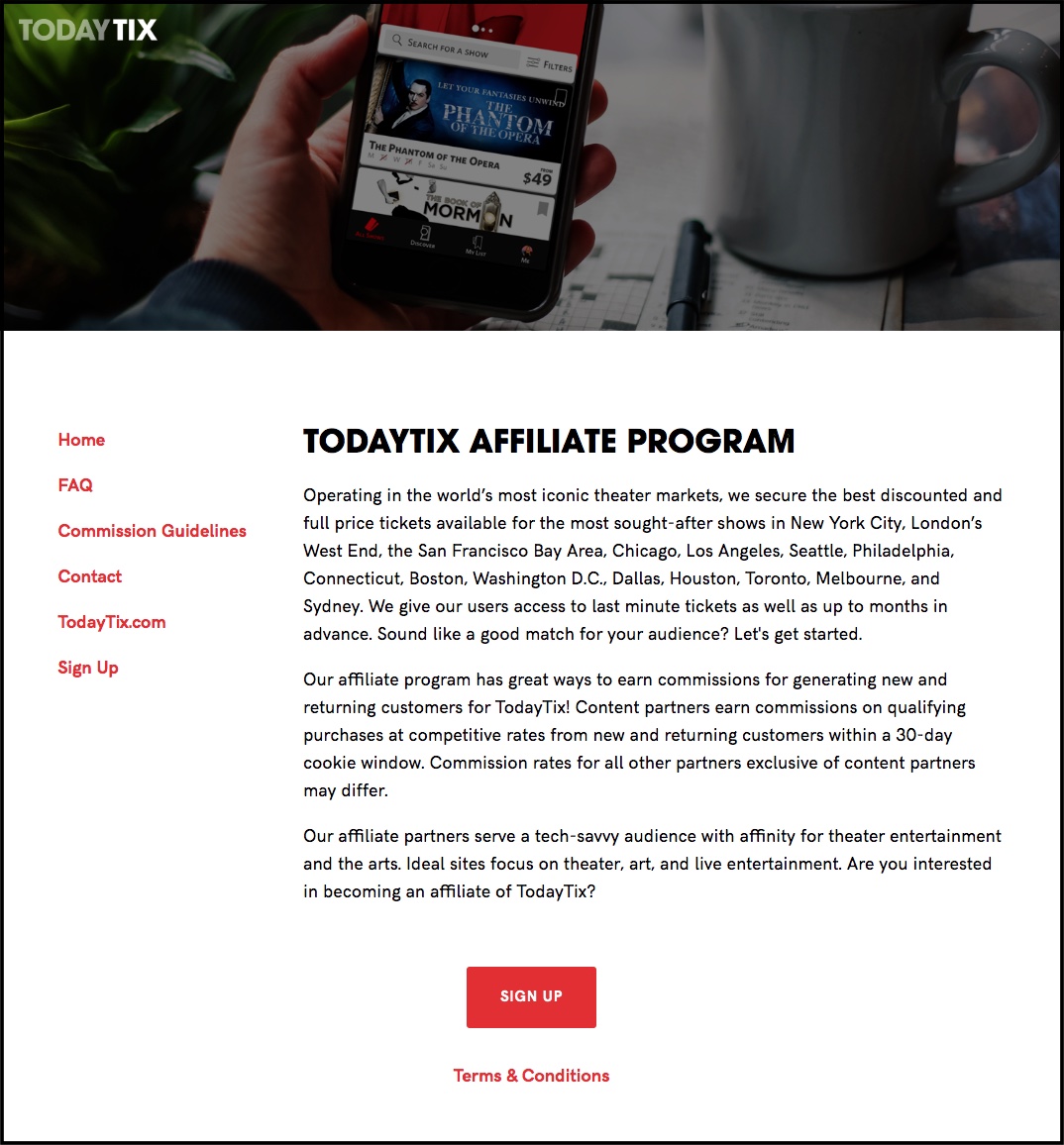
TodayTix makes it easy for partners to find the information they need. Source: TodayTix
TodayTix even makes clear that they offer higher revenue share and other exclusive benefits “for especially high-performing affiliates.” Putting this right on the FAQ page shows the company is willing to reward good partners — an incentive that will draw many affiliates in to a niche program, and encourage existing ones to bring their A game.
All of these details provide potential partners everything they need to know if they want to join TodayTix’s program. This saves TodayTix countless hours of manually vetting affiliate applications, and saves affiliates from applying to a program with a commission structure they don’t care for.
In closing: Better strategies create clearer policies, which lead to compliance. All of this adds up to better partner relationship management.
What’s Next?
Now that we have covered how to create a winning strategy for your partner marketing program, it’s time to start putting it in action. In our next post, we’ll talk partner recruiting and onboarding, and go over tips and tricks for finding the right partners, keeping them interested in your program, and growing relationships with your top performers. Check back in two weeks for the next installment!
Questions? Comments? Visit our website to learn more about the TUNE Partner Marketing Platform, or drop us a line at [email protected].
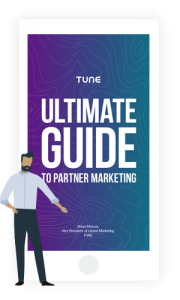
Learn how to plan, build, and grow cross-channel partner programs with our Ultimate Guide to Partner Marketing series. Follow along as we introduce strategies from the Ultimate Guide and bring them to life with real use cases from leading brands and advertisers.
- Part 1 – Planning Your Partner Program Strategy
- Part 2 – Determining Partner Payouts and Marketing Policies
- Part 3 – Recruiting and Onboarding Partners
- Part 4 – Communicating for Partner Compliance
- Part 5 – Managing Partner Offers
- Part 6 – Partner Payments
- Part 7 – Program Analysis and Optimization
Author
Becky is the Senior Content Marketing Manager at TUNE. Before TUNE, she handled content strategy and marketing communications at several tech startups in the Bay Area. Becky received her bachelor's degree in English from Wake Forest University. After a decade in San Francisco and Seattle, she has returned home to Charleston, SC, where you can find her strolling through Hampton Park with her pup and enjoying the simple things between adventures with friends and family.

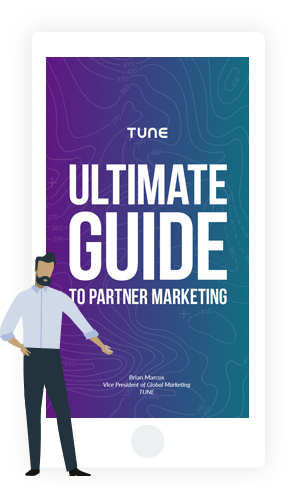
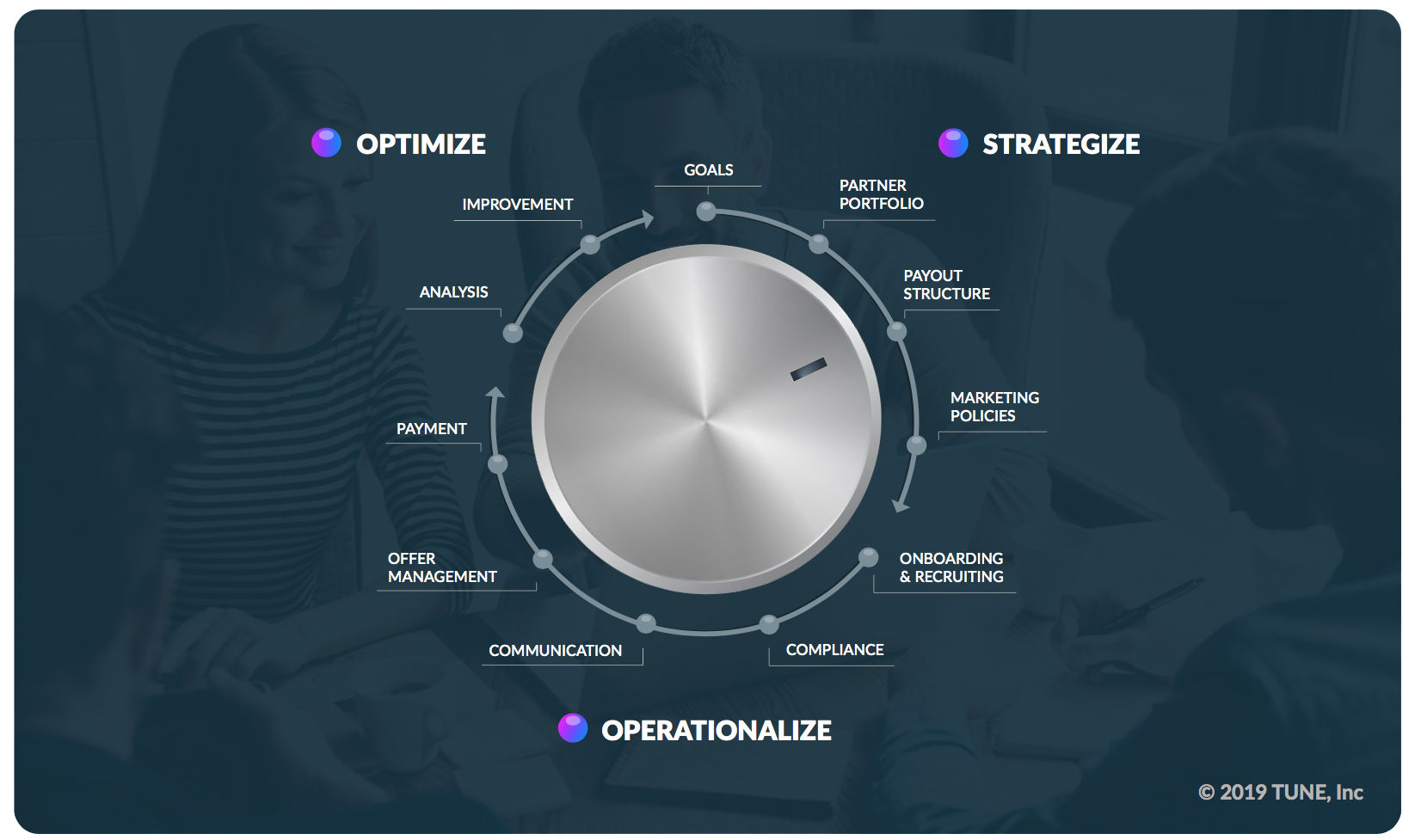
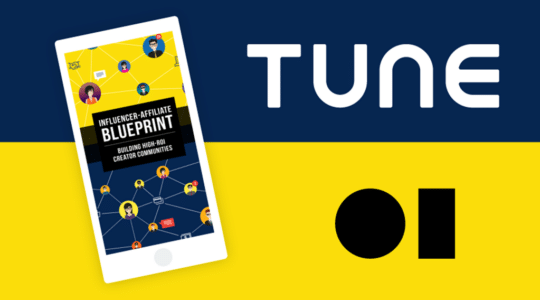


Leave a Reply
You must be logged in to post a comment.